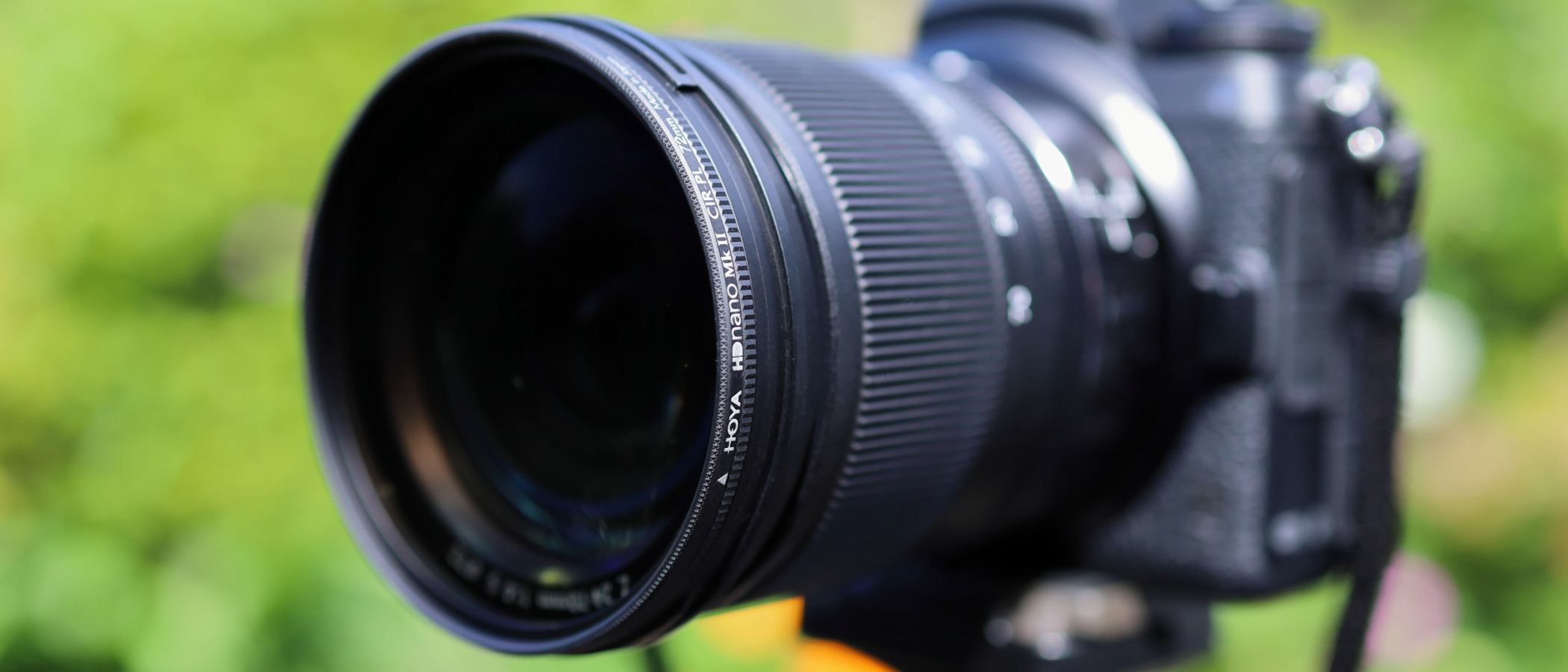Digital Camera World Verdict
This HD nano Mk II filter is a simply superb circular polarizer. Build quality is epic, light transmittance is around half an f/stop brighter than usual, the glass is toughened and the nano structure coatings are hard as nails. It’s available in a wide range of popular sizes, overall performance is spectacular and it’s well worth the albeit expensive price.
Pros
- +
Excellent performance
- +
High light transmittance
- +
Extremely durable
Cons
- -
Pricey but worth it
Why you can trust Digital Camera World
As a circular polarizer, the Hoya HD nano Mk II CIR-PL is, for many photographers, the single most important type of filter.
You can replicate some of the effects of a circular polarizer filter in the likes of Lightroom and Photoshop, but not all of them, especially when it comes to cutting reflections in windows and watery surfaces. Either way, there’s a lot to be said for getting things ‘right’ in camera, at the press of a shutter button.
Specifications
Filter type: Round, screw-in
Size range (mm): 49, 52, 55, 58, 62, 67, 72, 77, 82
Frame material: Aluminum, black anodized
Filter material: Glass/PL film
Coating layers: 16, nano-structure
Transmittance: -1 stop
ND filter factor: 2.2
Key features
Circular polarizer filters are preferred over linear polarizers for digital photography, not least because they avoid the risk of causing false color and moiré patterning when used in conjunction with a camera’s low-pass filter. This Hoya is typical of the breed in combining two filters in one frame, the forward one being able to rotate and give between zero to full circular polarization with each successive 90-degree rotation.
As the amount of polarization increases, reflections are more effectively suppressed. This has key advantages when you’re shooting scenes that include windows, or want to cut through watery surfaces. The ability to reduce reflectivity can enhance color saturation, contrast and vibrancy, as well as adding inky blue skies with better-defined clouds.
Key features that make this circular polarizer stand out from the crowd are that it’s made from particularly tough, shatter-resistant glass, has high-tech nano-structure coatings and is particularly good in terms of light transmittance. Let’s take a closer look at the build and handling.
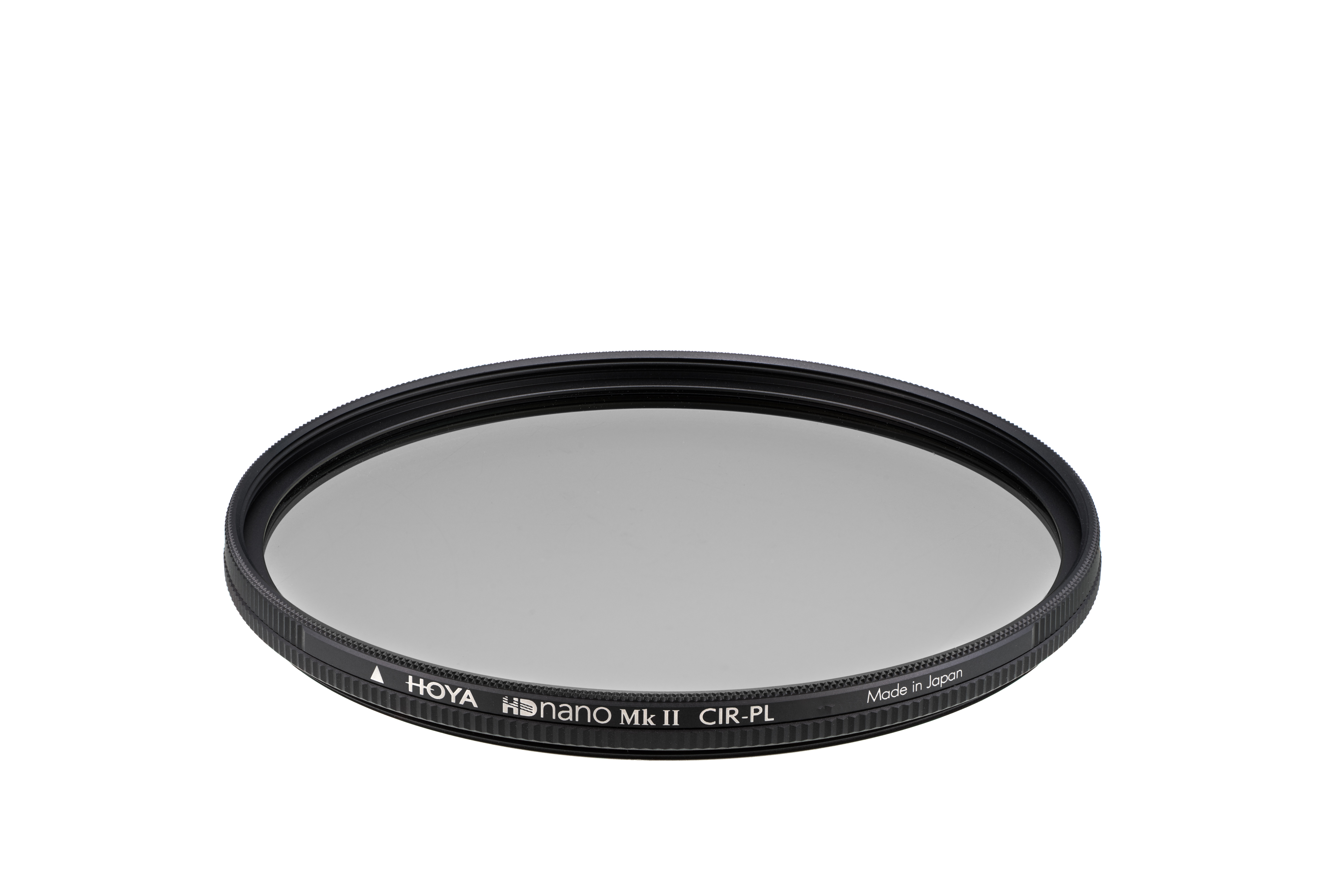
Build and handling
Build quality is excellent. The filter features a strong black anodized aluminum frame into which the glass is mounted with a high-pressure press, for long-lasting stability. The glass itself is toughened and features 16 layers of nano-structure coatings on both sides. The coatings ensure optimum optical performance but also make the filter twice as resistant to scratching and staining than regular filters, while also repelling moisture and grease, and being easier to clean.
Handling is great, with a really smooth action to the circular rotation of the front element. The filter also has an impressively low profile for a circular polarizer, so there’s less risk of vignetting.
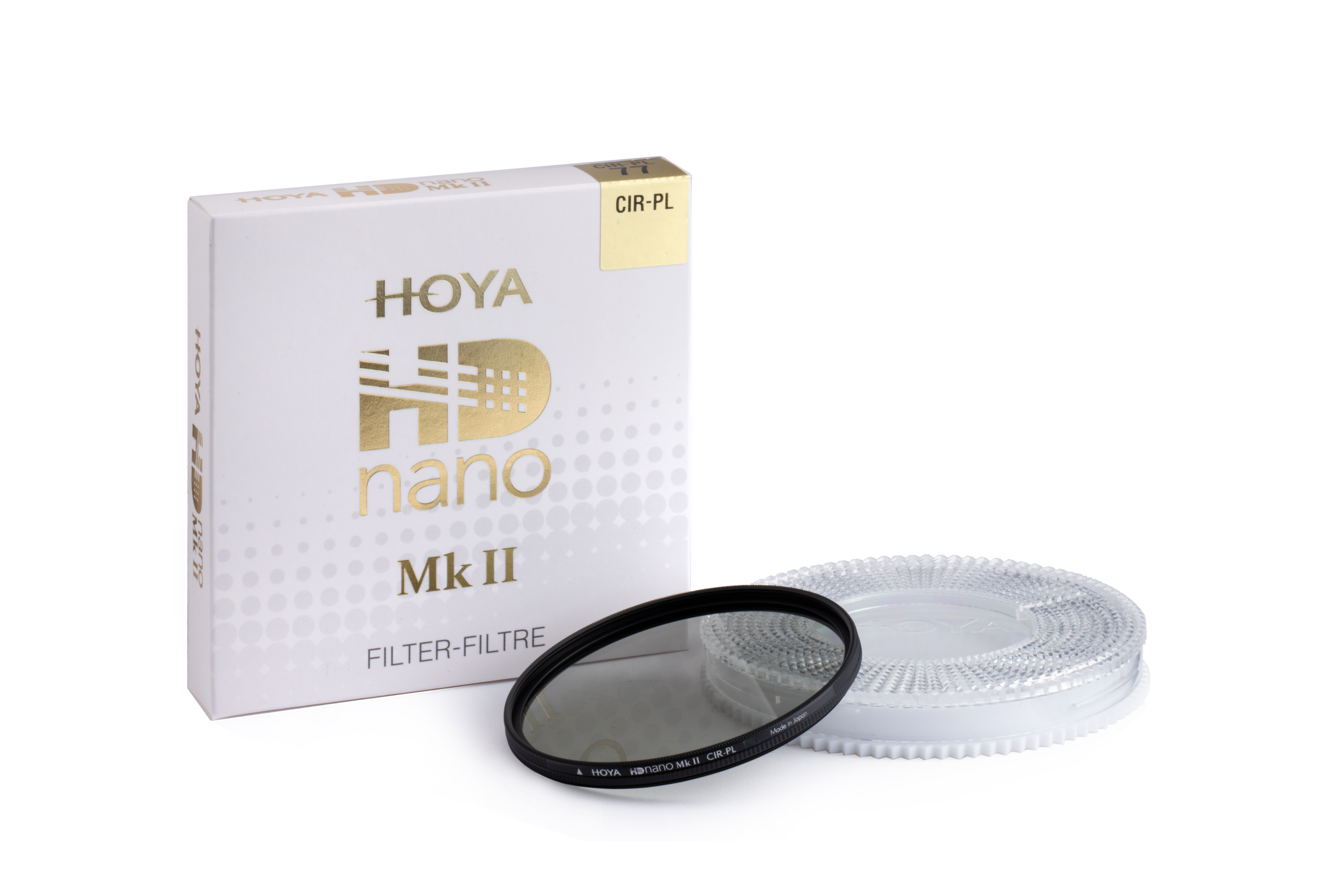
Performance
The filter fulfills its task admirably, enhancing color and vibrancy, cutting reflections and haze, and enrichening blue skies. Thanks to the live exposure preview option it works particularly well with mirrorless cameras, delivering a ‘what you see is what you get’ preview in the viewfinder, rather than causing a dark viewfinder image with a DSLR.
There’s actually less of a darkening effect than usual. Compared with most circular polarizers, this Hoya delivers 25 per cent more light transmission, which equates to about half an f/stop. It’s not only a bonus when using the optical viewfinder of a DSLR, but also when you need to retain speedy shutter speeds under low lighting.
Sample images

Shots taken with and without polarization

Shots taken with and without polarization

Shots taken with and without polarization
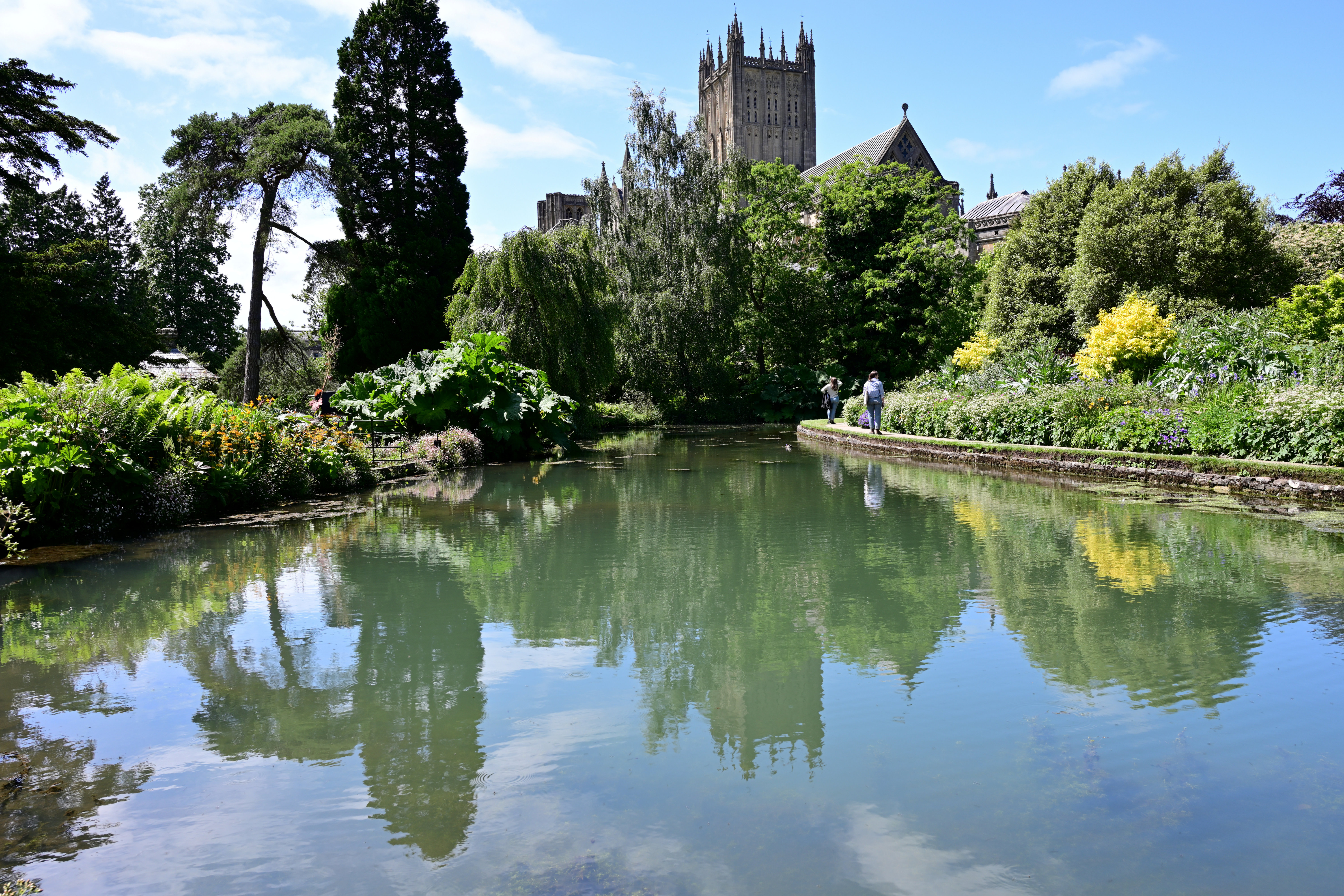
Shots taken with and without polarization
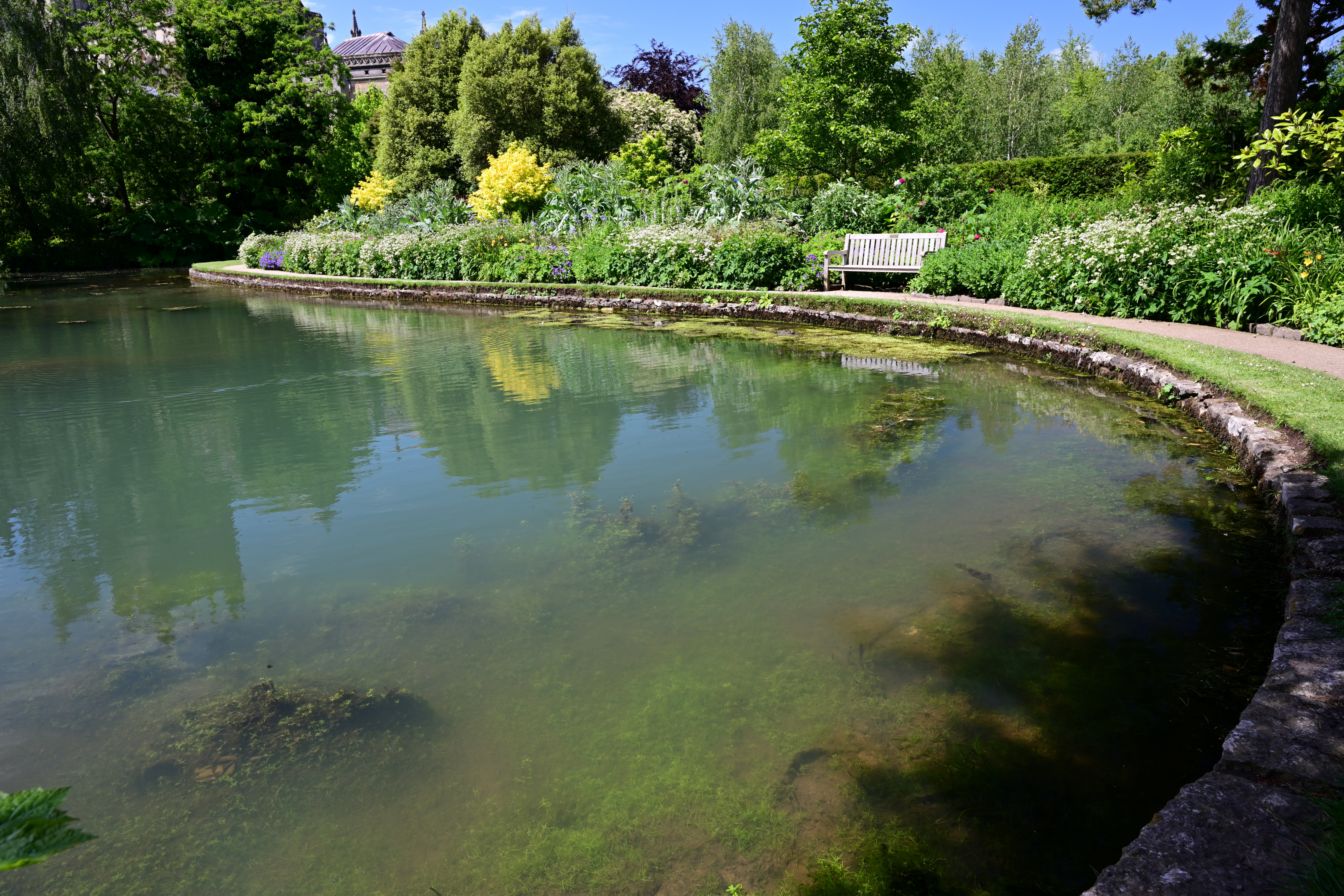
Shots taken with and without polarization
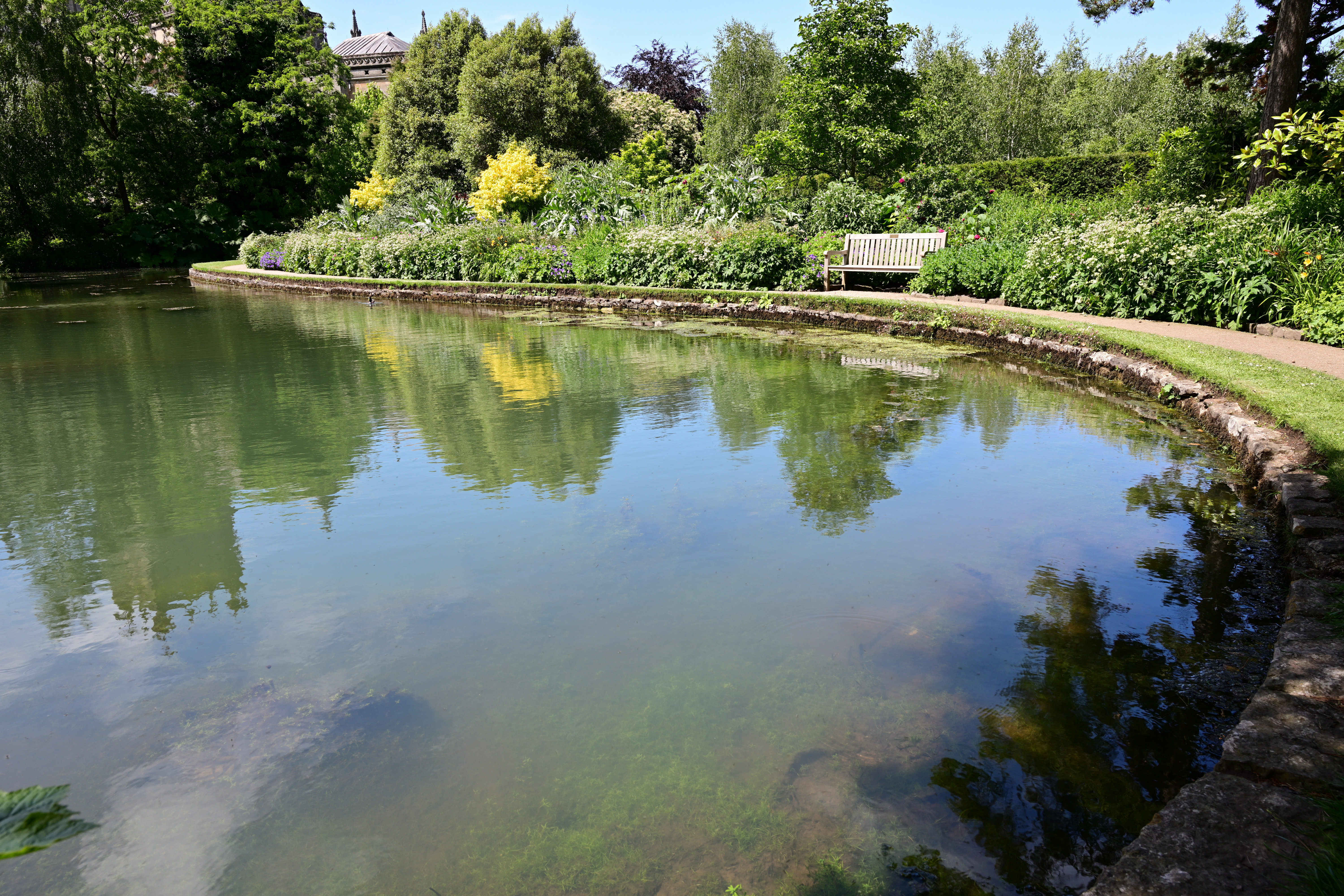
Shots taken with and without polarization

Shots taken with and without polarization

Shots taken with and without polarization
Verdict
This HD nano Mk II filter is a simply superb circular polarizer. Build quality is epic, light transmittance is around half an f/stop brighter than usual, the glass is toughened and the nano structure coatings are hard as nails. It’s available in a wide range of popular sizes, overall performance is spectacular and it’s well worth the albeit expensive price.
Read more:
• Best camera lenses to get
• Best Canon lenses
• Best Nikon lenses
• Best Sony lenses
Matthew Richards is a photographer and journalist who has spent years using and reviewing all manner of photo gear. He is Digital Camera World's principal lens reviewer – and has tested more primes and zooms than most people have had hot dinners!
His expertise with equipment doesn’t end there, though. He is also an encyclopedia when it comes to all manner of cameras, camera holsters and bags, flashguns, tripods and heads, printers, papers and inks, and just about anything imaging-related.
In an earlier life he was a broadcast engineer at the BBC, as well as a former editor of PC Guide.

